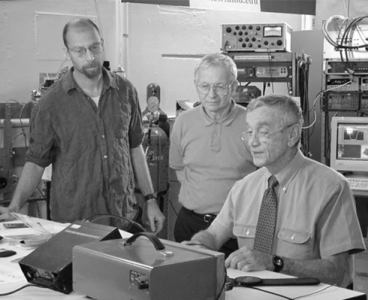UMD Physics Alumnus Pablo Solano Awarded Dissertation Prize
- Details
- Published: Monday, April 23 2018 15:46
Pablo Solano, a recent graduate student with JQI Fellow and UMD physics professor Luis Orozco, has been awarded the Charles A. Caramello Distinguished Dissertation Prize. According to the official award description, the prize recognizes “original work that makes an unusually significant contribution to its discipline.” The prize is given in four broad disciplinary areas and comes with an honorarium.
Solano received the prize in the area of Mathematics, Physical Sciences, and Engineering for his dissertation titled “Quantum Optics in Optical Nanofibers”. His research focused on studying the properties of light as it propagates through optical nanofibers, and how such a system enables special atom-light interactions. His thesis work was nominated by the College of Computer, Mathematical and Natural Sciences and selected by a multi-disciplinary campus committee. Solano will be honored at the UMD Graduate School’s Ninth Annual Fellowship and Award Celebration.
Solano is currently a postdoctoral associate at the Research Laboratory for Electronics and the Physics department at MIT. He is currently working on cavity-QED experiments in the strong coupling regime using laser cooled cesium atoms trapped at the center of a high-finesse Fabry-Perot cavity.






